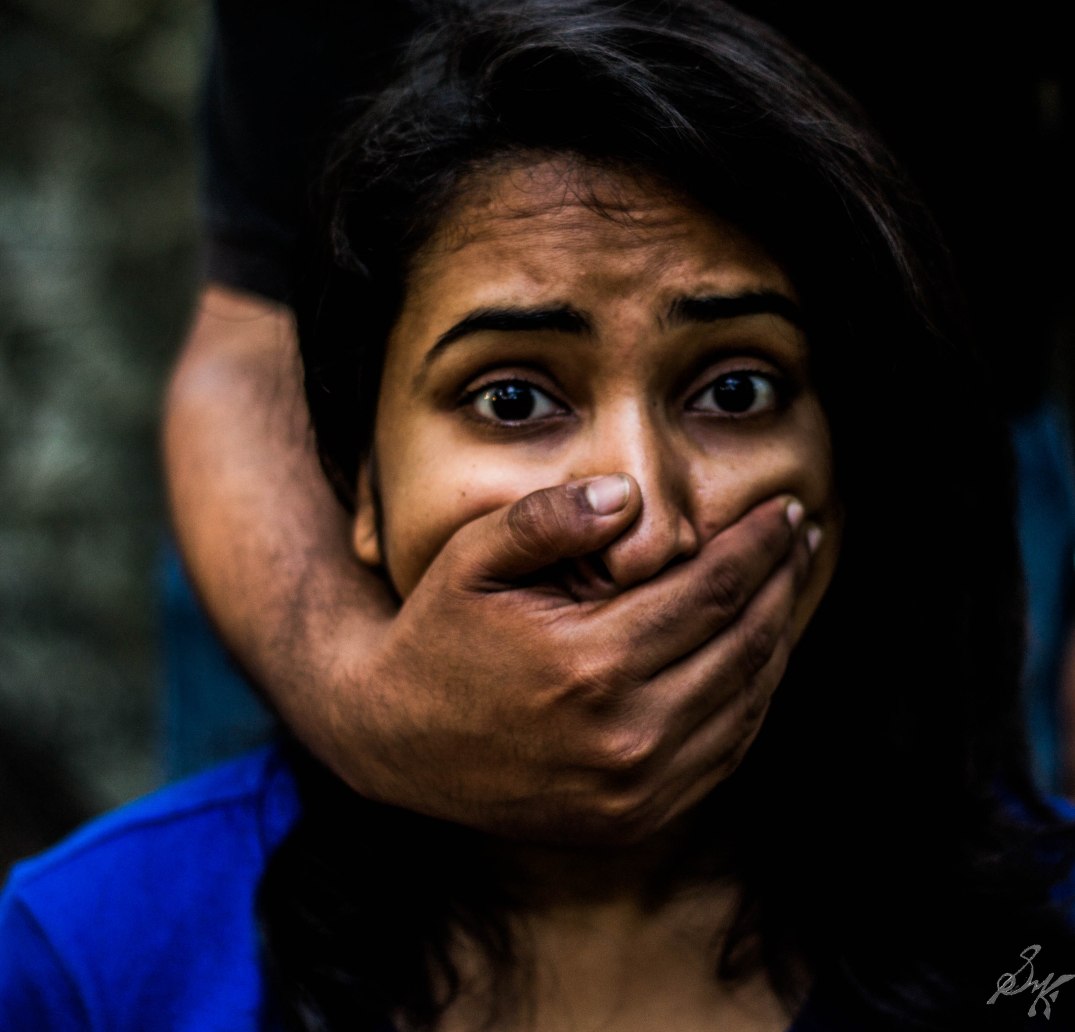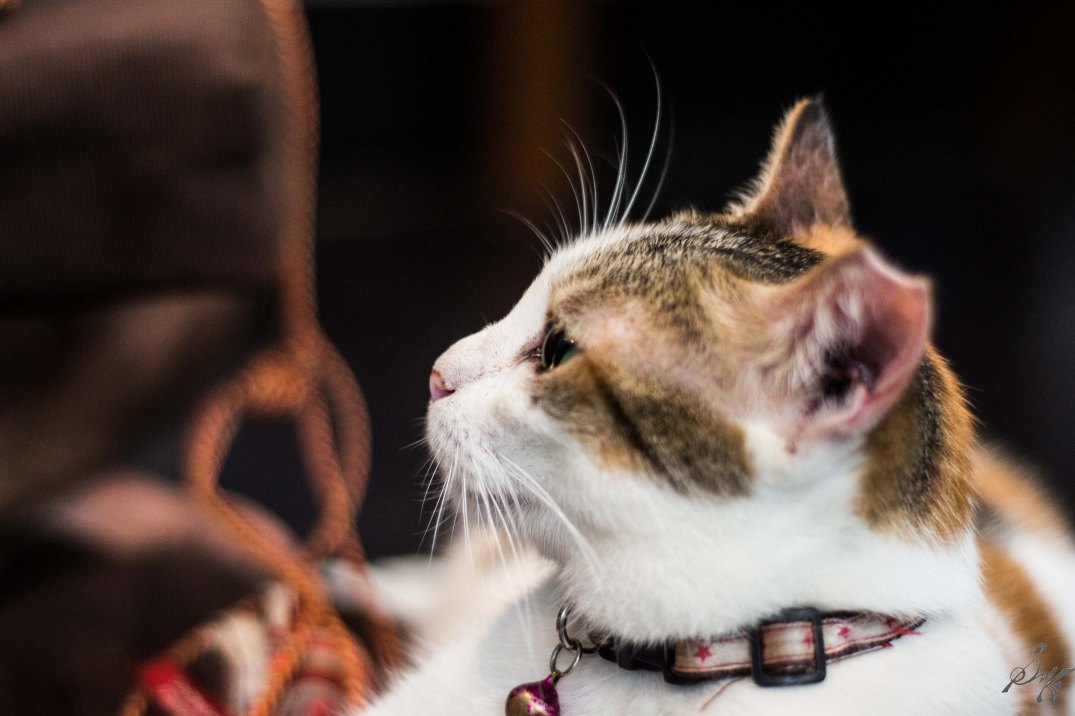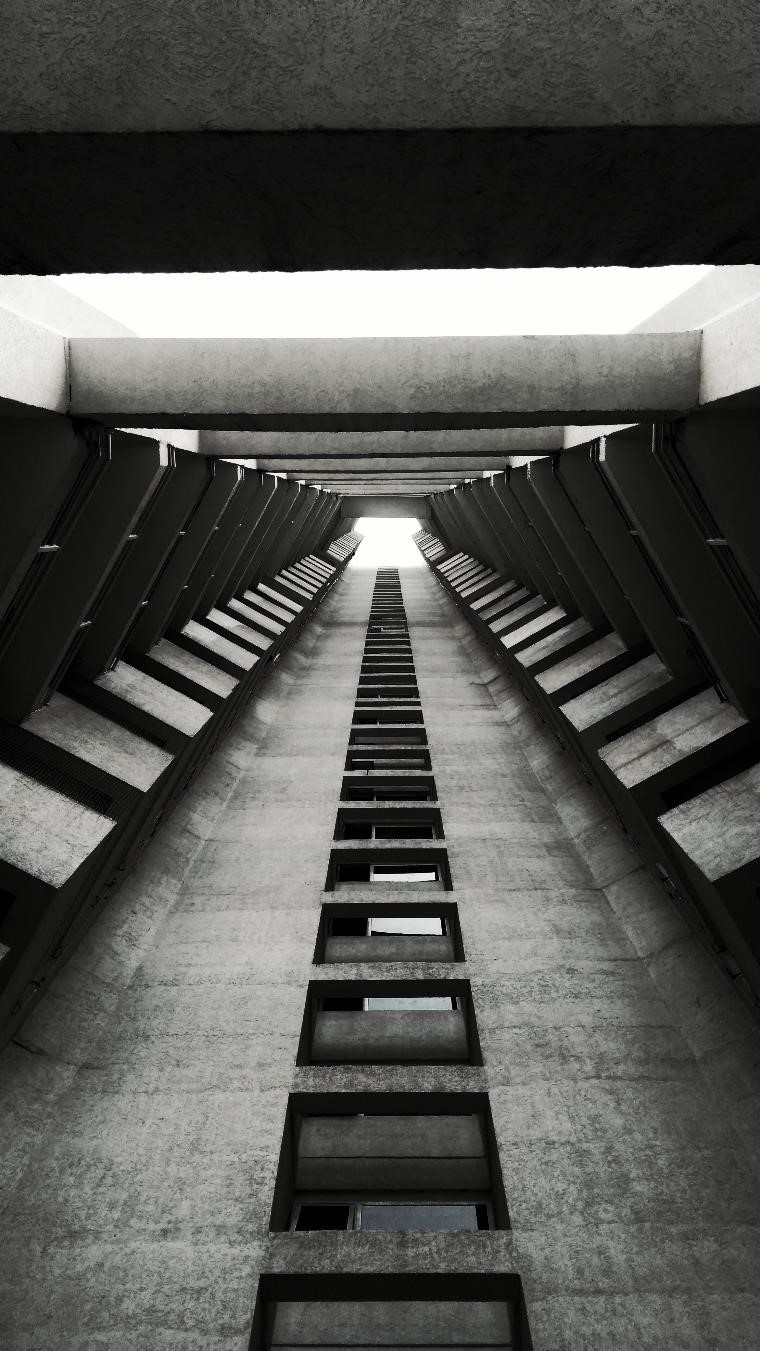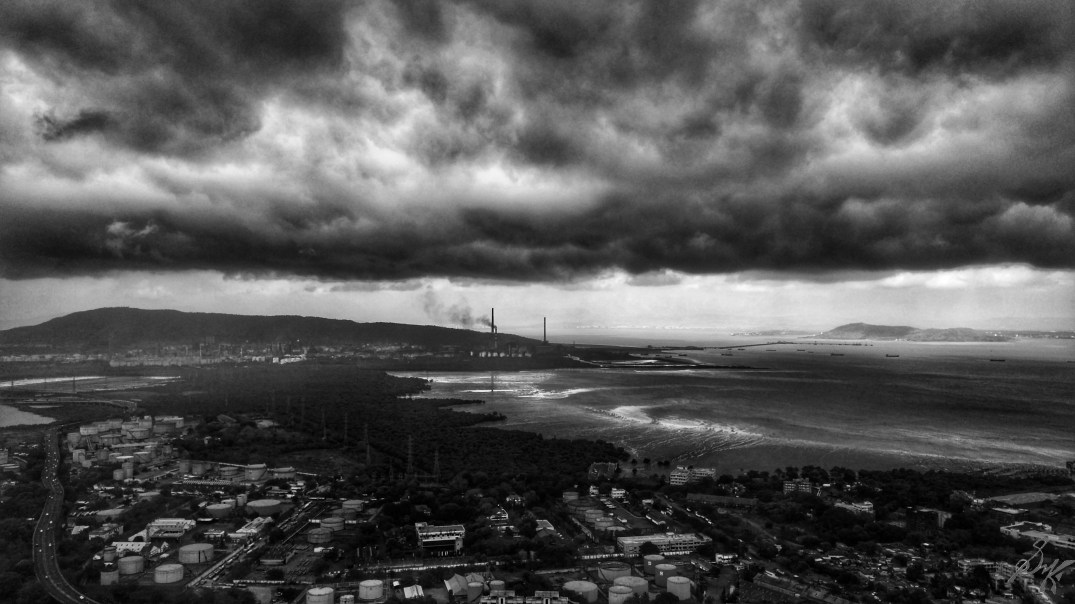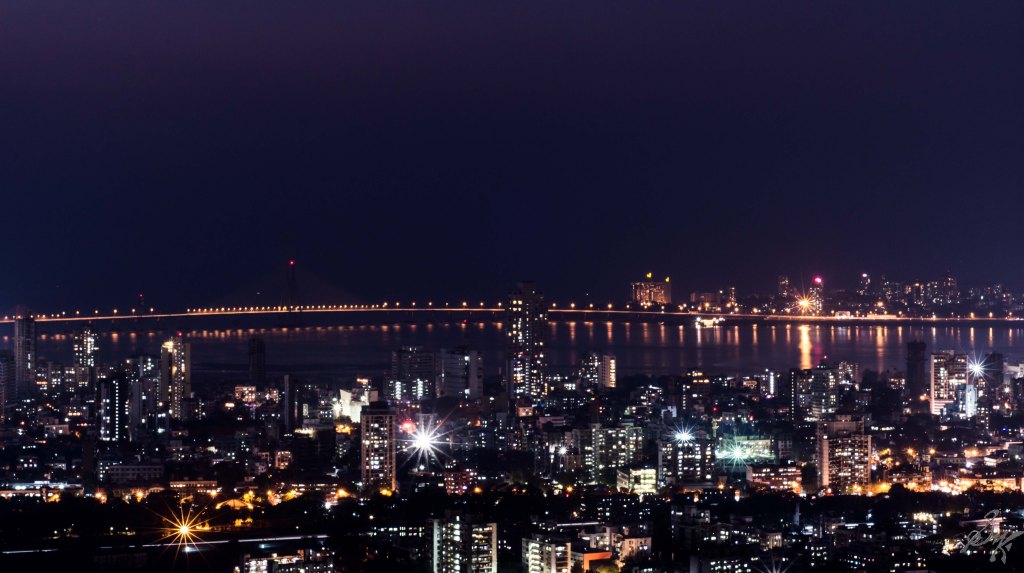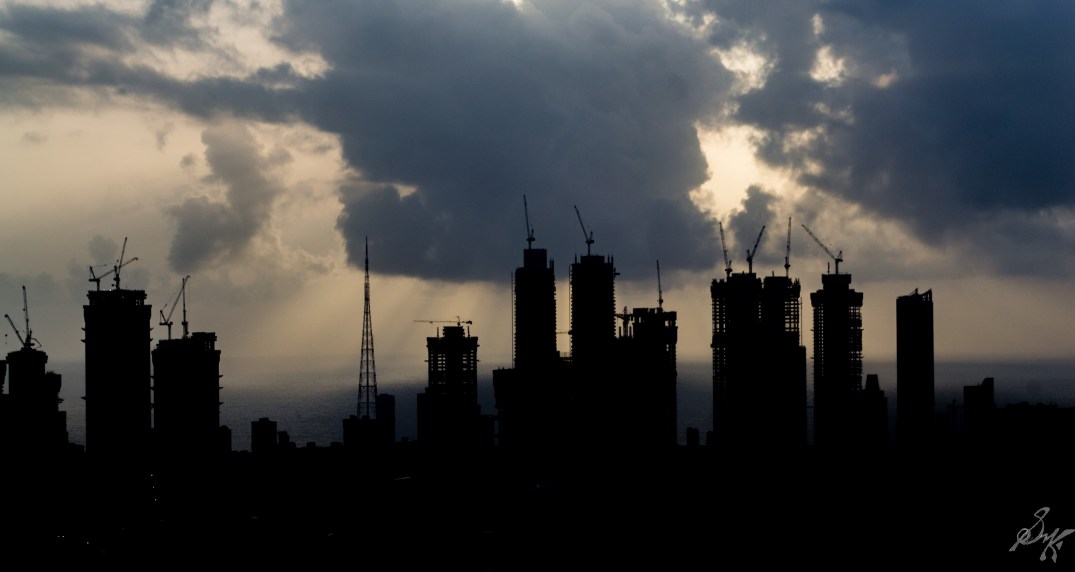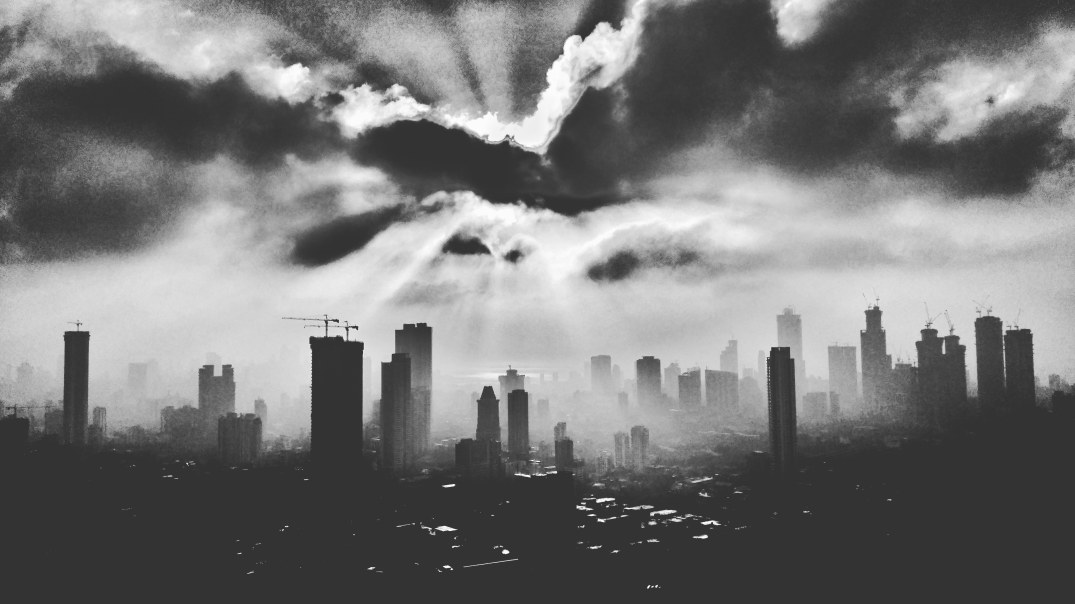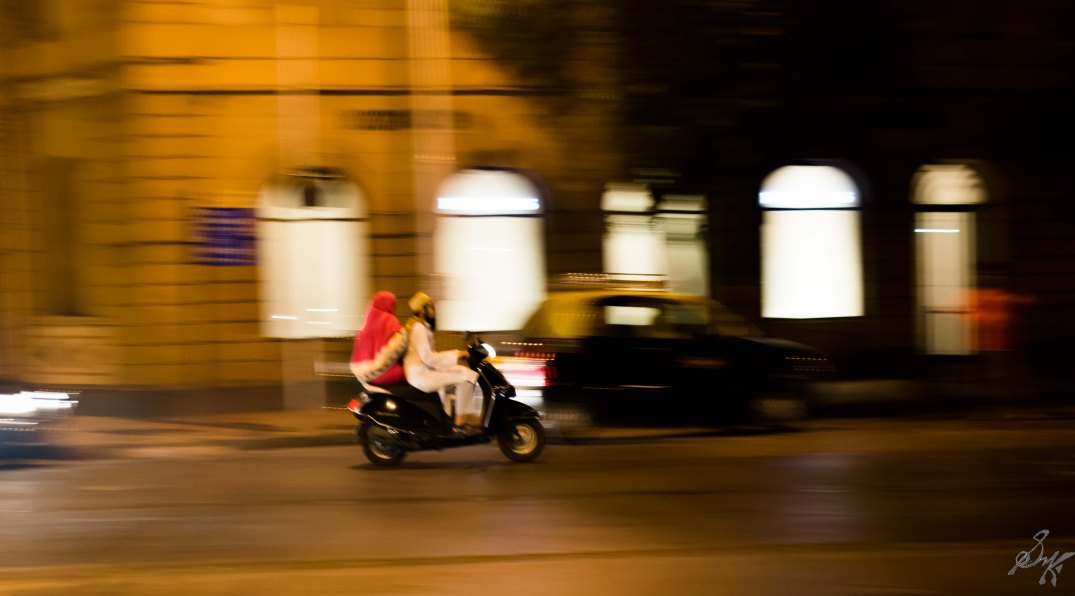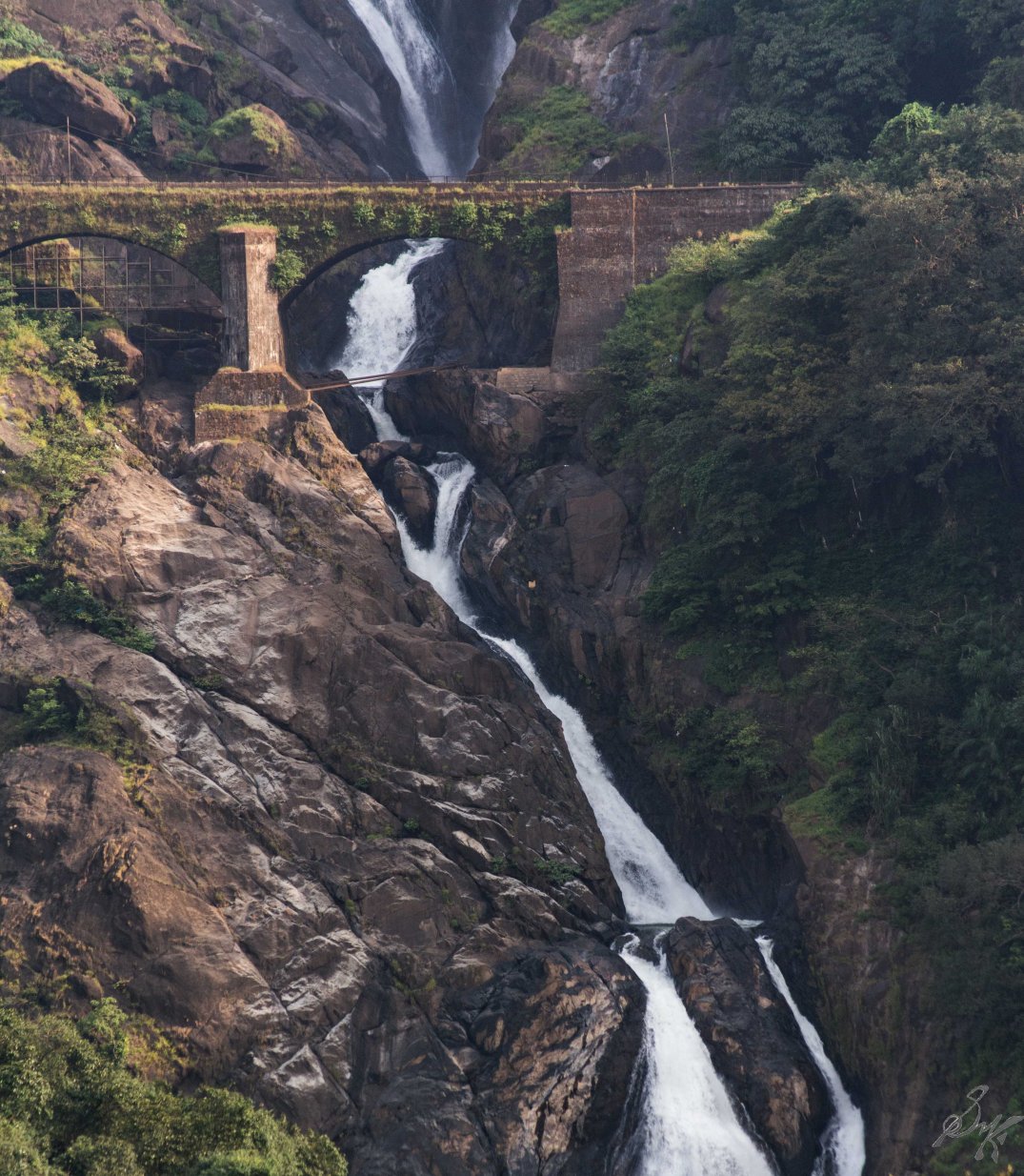Zoom (Digital)
We all know what zoom is and that there are two types, optical zoom and digital zoom. Optical zoom changes the focal length of the lens and closes in on the subject, while the digital zoom uses algorithms and software to do the same. The effects, however are not similar.
Optical zoom shall not degrade a picture quality, where as digital zoom will. To demonstrate, this post.
Below is a photo of a cute shih-tzu puppy named Bitsy.
And then I was curious to see what has reflected off her eyes, so, I zoom in digitally.
What I get is a blur. A pixellated image with horrible quality.
On the contrary, in a previous occasion, I had optically zoomed in to the eyes of a squirrel and the result is shown below.
I hope the comparisons shall make it evidently clear that no matter what the camera companies publish in their camera brochures about the digital zoom capability, one must always base their opinions on the optical zoom provided.
In the previous series, Z was for Zoom Burst.
This post finishes up the A to Z series, for the second time. I ll summarize all the phrases in a separate post, and then, you, my dear reader shall have glossary of 52 terms, related to photography with suitable images and explaination for your ready reference.
See you all in the upcoming posts soon.
Cheers!!





